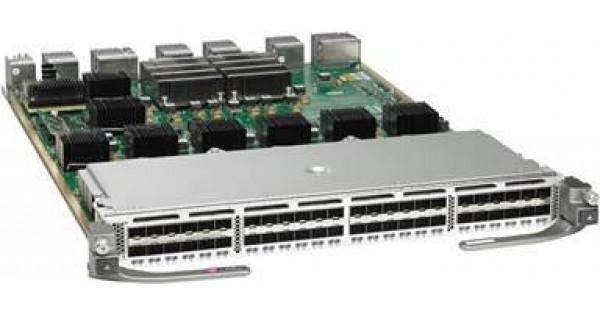A Load Port Module serves as the interface between a wafer transport system and a semiconductor process tool such as an etcher or deposition system. It facilitates the safe and ultra-clean transfer of wafers from cassettes stored in the transport system into the vacuum environment of the process chamber for semiconductor fabrication steps. Let's take a closer look at the key components and functions of this critical module.
Wafer Cassette Access
The front end of a loadlock in Load Port Module includes a cassette-loading station where standard 25mm wafer cassettes containing up to 25 wafers can be automatically loaded and unloaded. A robotic handler on the transport system sets the cassette into place and latches it securely. An environmentally sealed door then closes to maintain isolation of the cleanroom air from the vacuum system. Sensor inputs confirming cassette presence and door closure status are relayed to the process tool's control system.
Vacuum-Compatible Design
Since wafers must be transferred between the atmospheric cassette environment and high-vacuum process chambers, a Load Port Module needs vacuum-compatible construction. Chambers, bellows sections, and sealing joints are machined from non-outgassing stainless steel or aluminum alloys certified for ultra-high vacuum contact. Viton O-rings, metal gaskets, and precision actuators enable dependable closure and integrity testing of all interfaces down to vacuum pressures below 1x10^-7 Torr.
Wafer Transfer Mechanisms
Various transfer mechanisms are incorporated into load port designs depending on the specific process tool interface. Common configurations include a linear motor-driven blade that reaches into the cassette to pick wafers one at a time or a robotic arm capable of lifting an entire shelf of wafers simultaneously. Cameras and light sources aid alignment while sensors confirm contact and monitor for particles during extraction and placement into the loadlock chamber.
Loadlock Chamber
Contained within the load port housing is a small, sealable loadlock chamber where wafers can be coated or undergo vacuum bake-out procedures before entering the process chamber. Magnetic or mechanical end effectors gently grip wafers during transfer to stationary wafer pedestals inside the chamber. A turbo pump then evacuates air from the chamber to prepare for opening the valve to the process tool. Closing this valve isolates the loadlock to allow venting back to atmospheric pressure for wafer removal.
Chemical Delivery Ports
Some advanced load port designs accommodate ports for purge gas, chemical, or vapor delivery into the loadlock chamber or direct wafer surfaces. This enables pre-etch surface treatment, post-process cleaning, or thin film deposition capabilities directly on the wafers without needing to move them to a dedicated tool. Integrated mass flow controllers ensure precise chemical dosing and vacuum-safe plumbing routes all lines to the chamber.
Control and Communications
A programmable logic controller and touchscreen interface provide autonomous or manual control of all load port functions. Process recipes define sequential execution of valve actuation, pump operation, sensor monitoring, and status alerts. Communication with the process tool control system coordinates wafer transfers according to the overall fabrication schedule. Standard fieldbus protocols like RS-232, Ethernet, or deviceNet facilitate integration into a semiconductor manufacturing environment.
System Integration Benefits
By offering an optimized vacuum passage between wafer cassettes and process tools, a Load Port Module streamlines fab floor logistics. Fewer operator interventions are needed since wafers can remain inside cassettes until just before treatment. This enhances safety, improves cleanliness and particle control by reducing wafer touches. With continuously shrinking features demanded for advanced chips, load ports play a vital role in achieving cost-effective yields from front-to-back-end manufacturing flows.
Get More Insights On This Topic: Load Port Module



